The couple behind stately Caples Hall at New College | Sarasota History with Jeff LaHurd
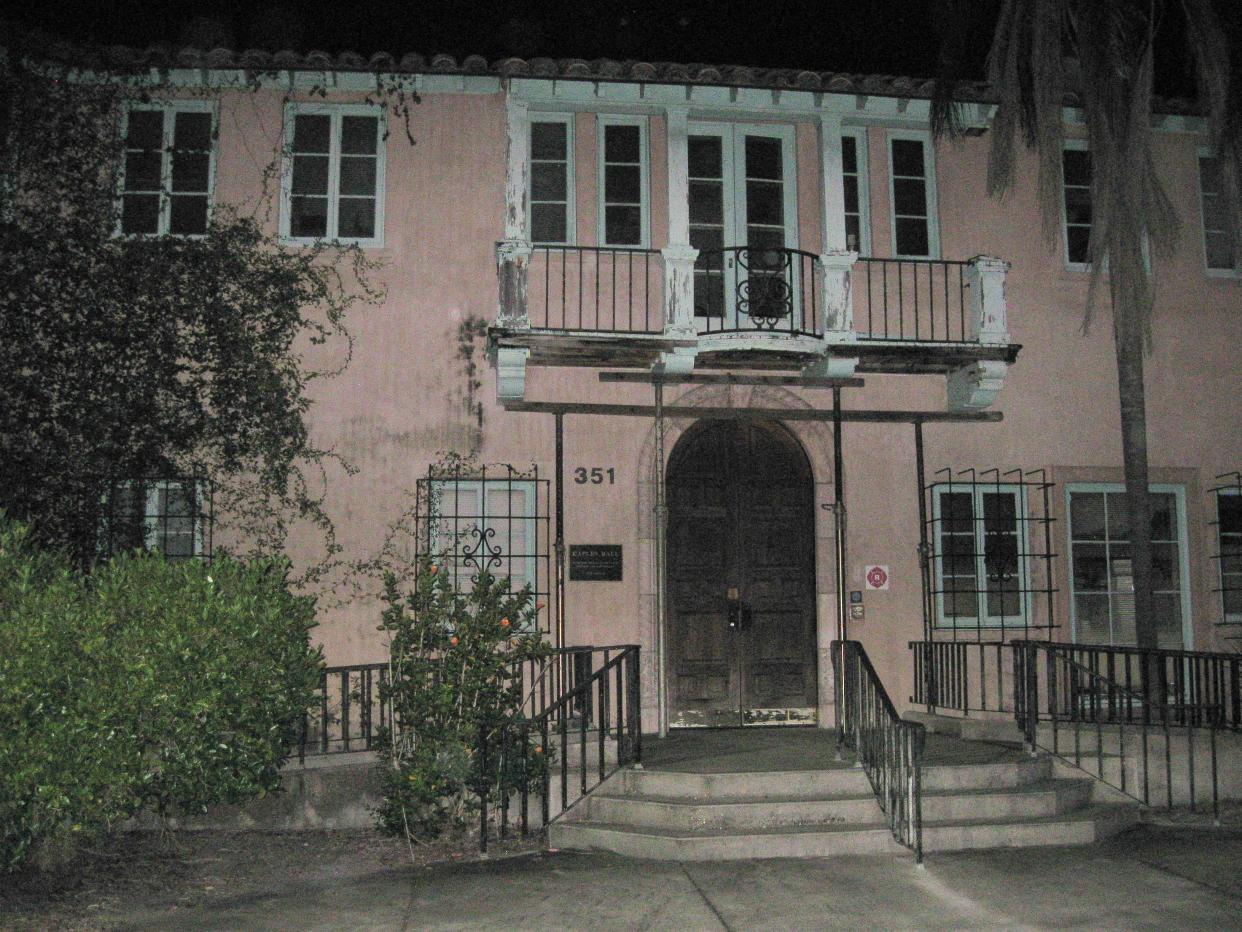
- Oops!Something went wrong.Please try again later.
Those Sarasota residents who know the Caples name probably associate it only with Caples Hall at New College, a jewel of a Mediterranean Revival house that was once Ralph and Ellen Caples’ home on Sarasota Bay. It was bequeathed along with 12 acres of prime bayfront property to the school by Ellen Caples, a prominent civic leader and longtime supporter of New College, who often hosted fundraisers for the school.
According to the Sarasota Herald, the home, designed by famed New York architect John H. Philips, was described as “magnificent.” Among his many other commissions were the John and Mable Ringling Museum of Art and the design of the Metropolitan Museum of Art and Grand Central Station in New York. (Alfred Clas, who designed the Charles Ringling mansion is also cited. However, on at least three occasions at the time of construction Philips was credited with the design. Philips and his wife were also friends of the couple.)
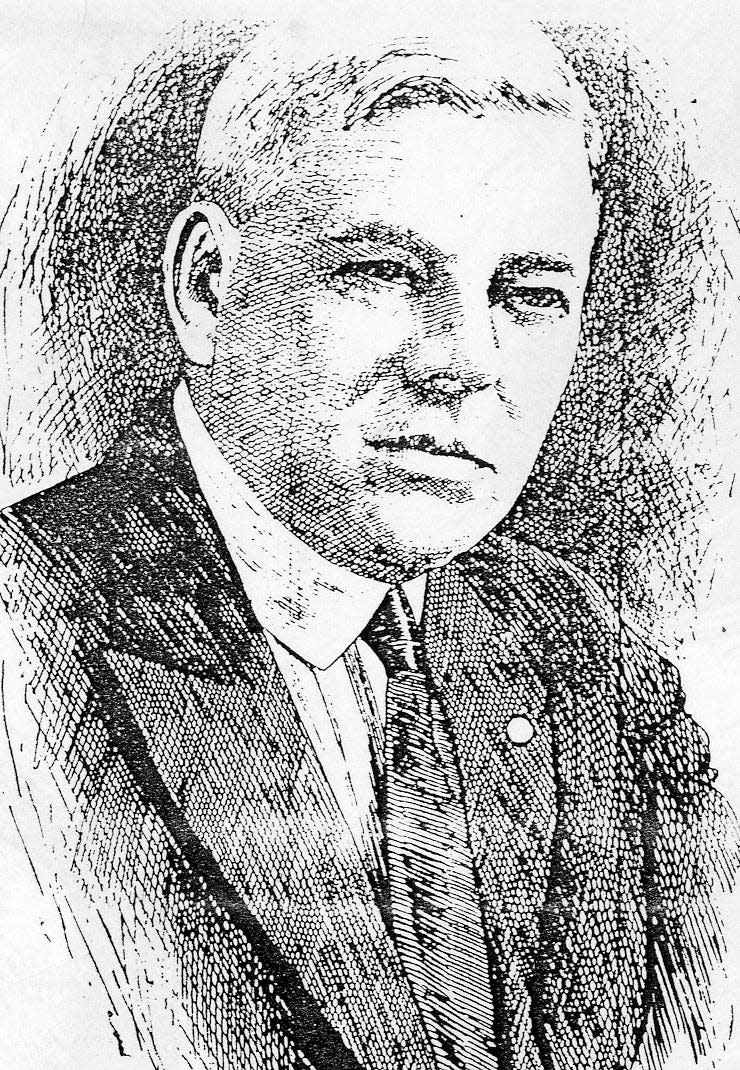
The home’s importance is underscored by its listing on the National Register of Historic Places. According to Lorrie Muldowney, vice-president of the Sarasota Alliance for Historic Preservation, the home is on that Alliance’s Six to Save because of ongoing concerns about deferred maintenance.
At the time of her donation, Ellen Caples commented in the Sarasota Herald, “My home as well as the land surrounding it seems ideal for use with this educational institution. I am delighted that the identity of the home and land will be retained for such a worthy purpose.”
Initially, the Caples’ Sarasota residence was a log-cabin bungalow owned by circus man Charles N. Thompson, which Ellen recalled some years later they purchased in 1909. Shortly thereafter they interested John and Charles Ringling in moving to Sarasota. Both men built their mansions on an adjoining tract of land Thompson had sold to the Caples.
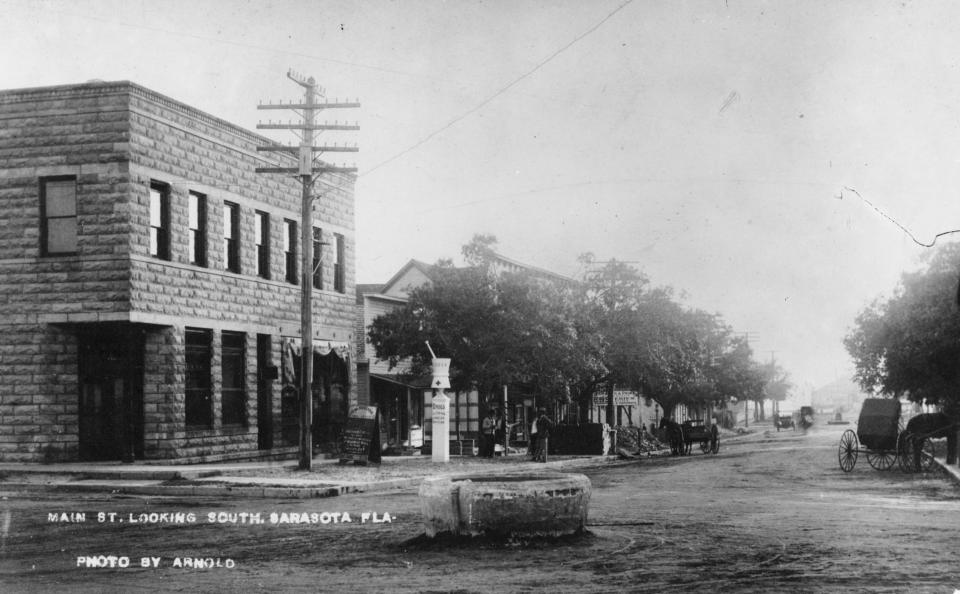
The arrival of the Ringling brothers – and later John Ringling’s moving the winter headquarters from Bridgeport, Conn., to Sarasota – were seminal events in Sarasota County’s history.
In 1926, when John Ringling was striving to construct a Ritz-Carlton Hotel on the southern tip of Longboat Key, Caples led the drive to raise funds. Noting the importance of the luxury hostelry to Sarasota’s continued prosperity. Caples warned, “... if the citizens failed to respond, he could think of nothing so fatal a nature that ever effected the city.” He warned inaction would be a “five-year setback in the [area’s] growth.”
Unfortunately, the timing of the hotel’s construction could not have been worse, and it stood for decades as an incomplete shell, a forlorn reminder of the unfulfilled dreams of the 1920s real estate boom. It was finally demolished by the Arvida Corp. in 1964.
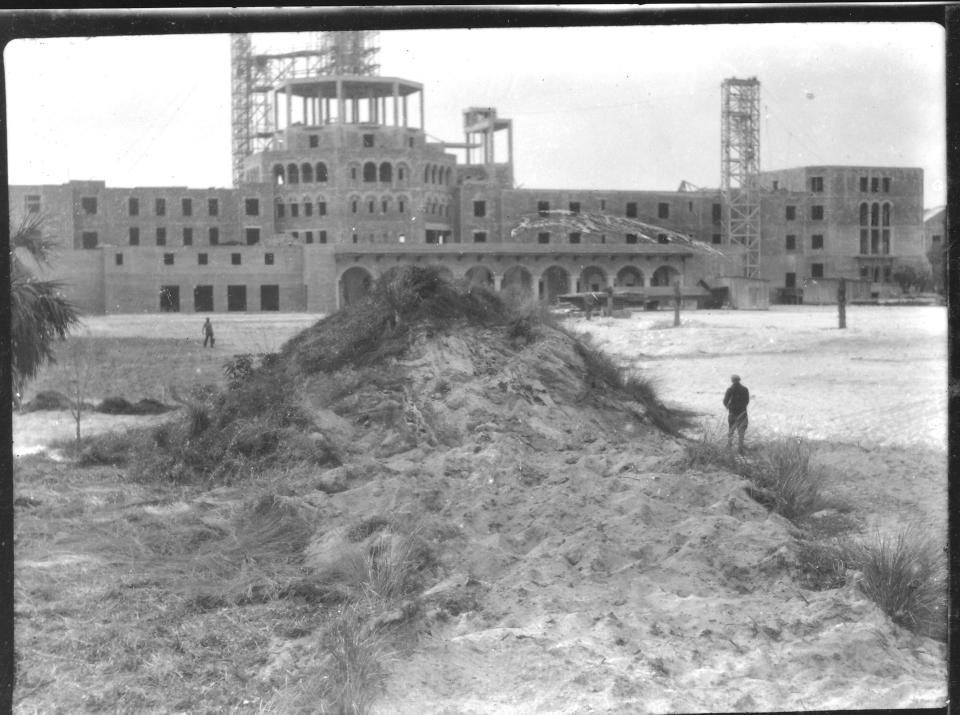
Ralph Caples was a noted fundraiser for local charities. He was involved in the Salvation Army, the Good Fellows, and was appointed chairman of the Presbyterian effort to raise $50,000 for a new church. He coined the slogan, “Onward Christian Soldiers – Get The Money.”
The newlywed Ralph and Ellen arrived in Sarasota for a look-see in a horse and buggy in 1899. Although there was practically nothing to commend the small village save its intrinsic beauty and climate, they were among the first who saw Sarasota’s growth potential.
At the time a young railroad man, Ralph Caples’ desire to build a railway line to Sarasota was said to have speeded up the Seaboard Air Line Railway’s decision to extend tracks here in 1903.
Word of the railroad’s plan triggered Sarasota to incorporate into a town in 1902. As it turned out the new town’s hopeful, prayerful motto “May Sarasota Prosper” proved to be prophetic.
In 1912 Ralph Caples and John Burket purchased the Belle Haven Inn Hotel (Opened in 1887 as the DeSoto Hotel). He also purchased a large number of downtown lots to develop. He erected the Caples Building on Main Street.
In October 1922, he was credited with persuading Andrew McAnsh to town to develop the Mira Mar Apartments, Mira Mar Hotel, Mira Mar Auditorium and Mira Mar Casino, finally offering Sarasota world-class accommodations to attract monied snowbirds.
The Sarasota Times reported, “Much credit for this splendid development is due to Ralph C. Caples who has been a consistent booster or Sarasota for twenty years.”
It was Caples who negotiated with the City Council to gain the necessary concessions to pull the deal together: free electricity, no taxes and no water bill for 10 years in return for a luxury class hotel.
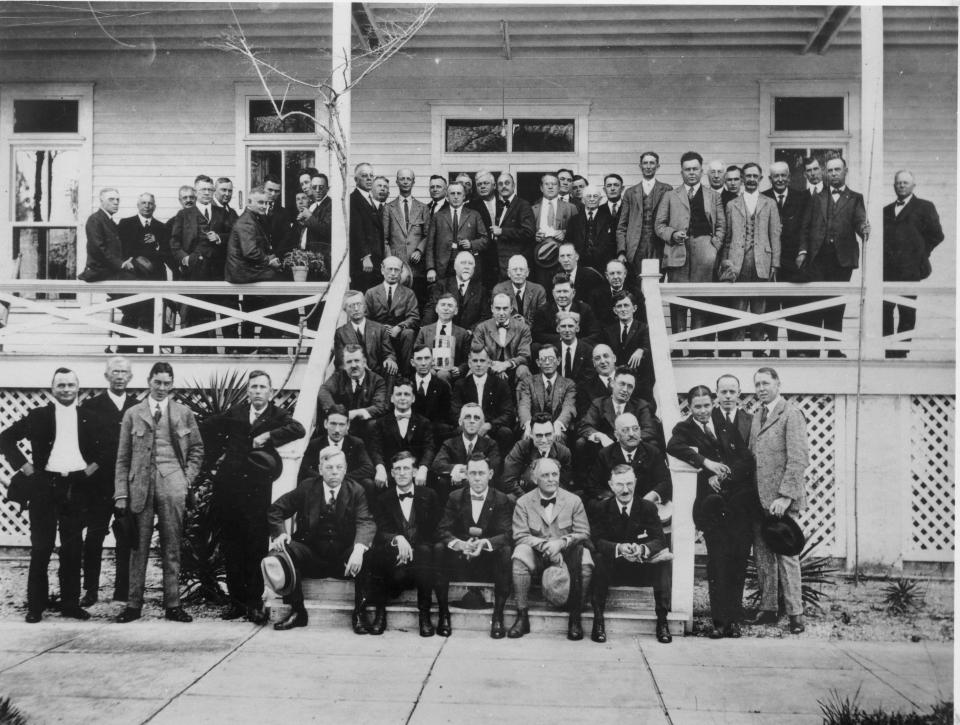
In 1921 Caples bought and interest in and became the president of the H.F. Remington Advertising Agency in Chicago, “one of the largest of its kind in the world,” with offices in major cities across the nation.
On Nov. 13, 1922, Ralph Caples, “Booster of Boosters for Sarasota,” was honored at a “pleasant dinner party.”
The affair, held at “Afterglow” the bayside home of Mrs. Smith-Hemingway was said to be “an honor that is seldom paid to a private citizen.”
The outside was beautified by colorful Japanese lanterns. Forty-two guests were treated to a “sumptuous repast” of a fruit to nuts dinner, followed by celebratory speeches and cigars for the gentlemen.
The Sarasota Times reported that “Each plate was marked with a very original place card, decorated with native grass and fish skins representing a ballet girl. An affinity pencil was given as a souvenir.”
An orchestra played as the guests were seated, and a solo by Jeanette Ash “proved to be the feature of the evening, Miss Nash displaying a voice of unusual culture and beauty.”
Caples was dubbed a man of “unusual local patriotism” and gifted a 23-jewel Waltham watch inscribed, “To Mr. Ralph C. Caples – from his friends in Sarasota.”
His early advertising endeavors for Sarasota included a major campaign, including a pictorial spread promoting area tarpon fishing, “the gamiest of all game fish.” The advertisement reached “millions of readers.”
Throughout his life here, he forever sang the praises of his adopted hometown, and never stopped working to make living here more attractive.
According to historian Karl Grismer, when Sarasota was looking for a site for the Sarasota County Fair, Caples, along with A.B. Edwards and E.A. Cummers, took a $16,000 note in exchange for the land. When the Ringling Bros. Circus moved here, the property was used for the new winter quarters. The land was deeded over to the Ringlings and the note was forgiven.
In February of 1933, he was appointed chairman of a committee of 15 civic leaders to determine how to obtain federal funds for WPA projects during the Great Depression, ultimately producing the post office building on Orange Ave., the Lido Casino, and the Municipal Auditorium among others.
For her part, Ellen, known affectionately as “Aunt Ellen” was the consummate hostess. Throughout her years she was involved in local charities and service clubs whose purpose was to improve Sarasota.
She was also an accomplished singer who performed in the Presbyterian church choir as well as entertaining at local gatherings.
Her birthday was an annual feature in the local press during her later years, and she was always pictured with a bright smile and twinkling eyes. Attributing her longevity to keeping active, she was 98 when she died July 21, 1971.
Ralph Caples, Sarasota’s “Booster of Boosters” passed away of heart disease on Feb. 7, 1949. The Sarasota Herald mentioned his lifetime accomplishments, concluding, “Caples was one of the city’s best known and best liked citizens, hiding a generous nature beneath a gruff exterior.”
Ralph and Ellen Caples: two lifelong sweethearts who personified all that was good about yesterday’s Sarasota.
Jeff LaHurd was raised in Sarasota and is an award-winning historian.
This article originally appeared on Sarasota Herald-Tribune: Sarasota’s first ‘power couple’? Legacy of Ralph and Ellen Caples

